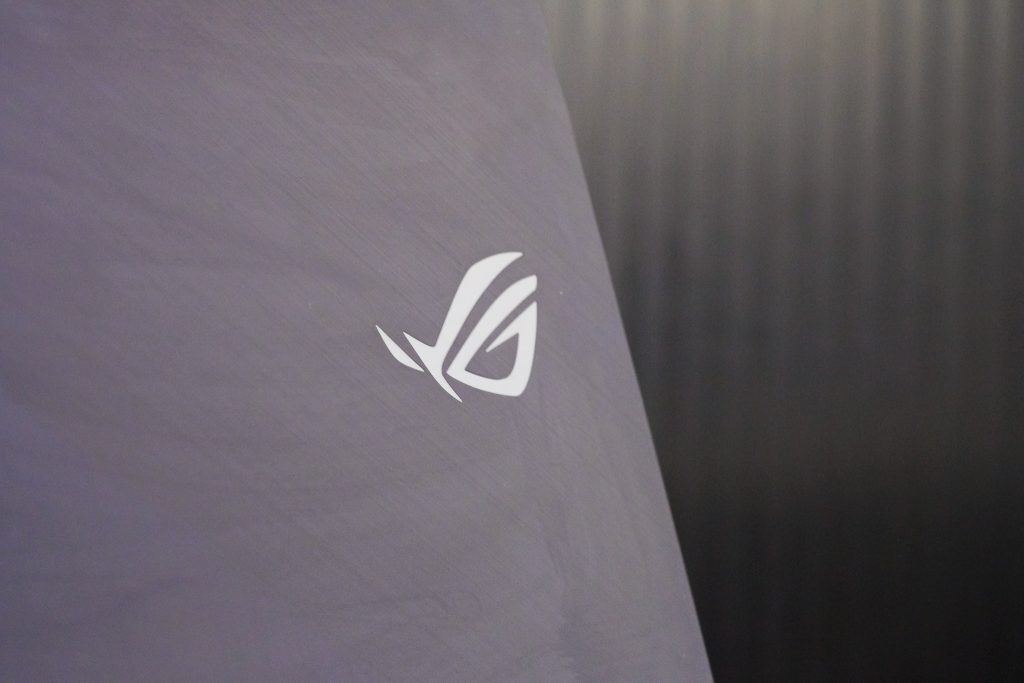Gaming notebooks keep getting slimmer and prettier, kind of like influencers. Up to the point where they can even pass for ‘business casual’ with discreet RGB lightning and a more sleek, corporate look. All while upping the power-level. This is all true for the Asus ROG Strix Scar III (we got our hands on the G731GW model). And we’re happy to say the Scar has really grown up.
The Asus Scar range has always been best-in-class. Notably, because they feature some of the best processors and GPU’s on the market, all crammed into a small(ish) chassis. Asus has moved past the plastic-looking casing seen with the Scar Mark 1 to an aluminium body which features a carbon-fibre look this time around.
One of the big standout features on the Scar III is the 144Hz display, up from the base 60Hz most notebooks sport. This allows for much higher frames per second (FPS) for smoother gameplay across most games. It’s good to see better displays on notebooks these days because it could eliminate the need for an external display (depending on your gaming wants/needs).
Catch you at the fest, bro
Imagine a dude pitching up at a trance festival wearing a button-up shirt and a denim, but once the party heats up he takes off the shirt and has neon lights wrapped around his body. This is basically the Scar III.
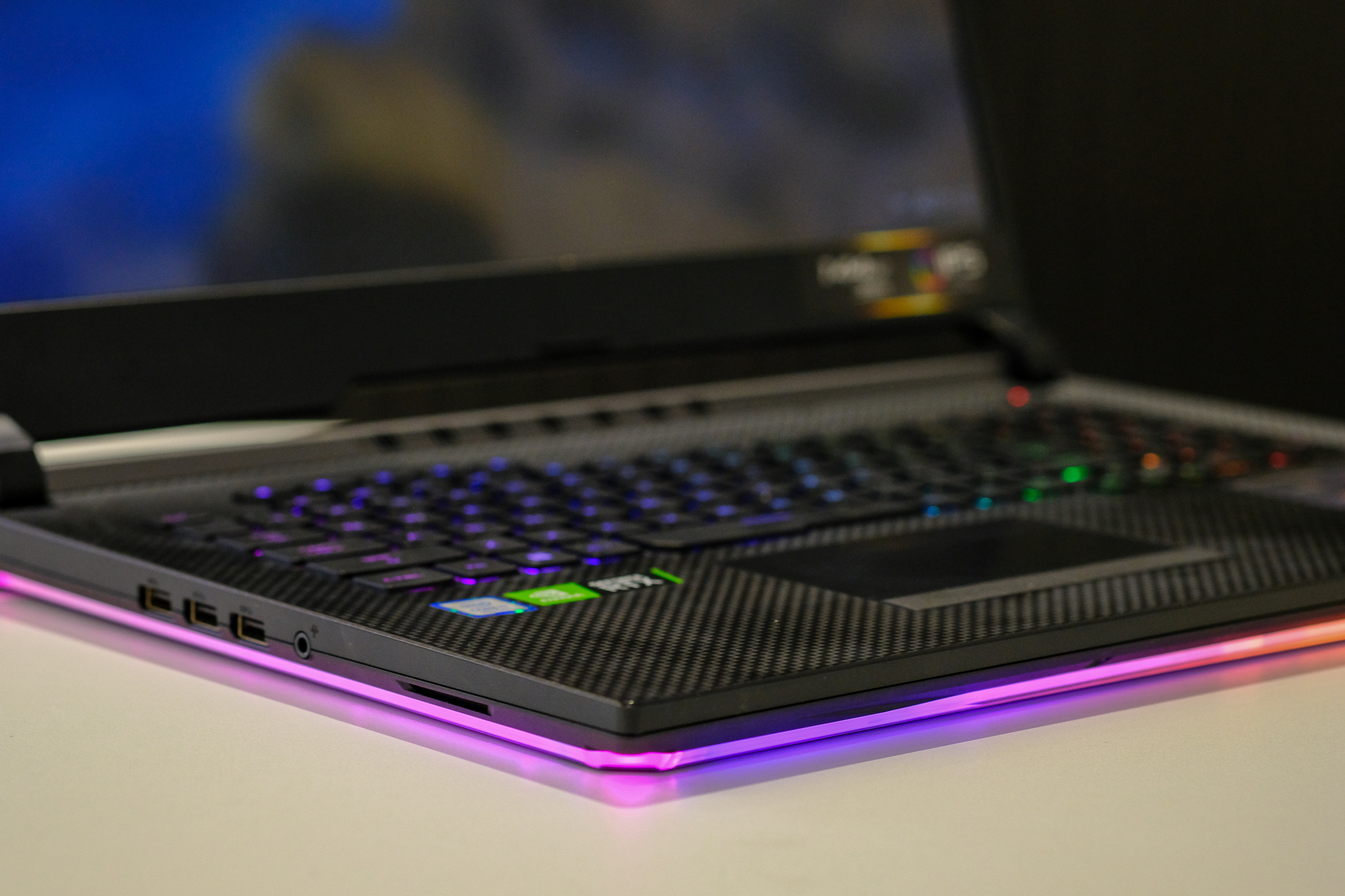 At first glance, it could pass as a business machine, but on closer inspection, you’ll find key gaming details. The ROG logo on the lid, all set in brushed aluminium, carbon fibre-esque body and an RGB light bar around the bottom chassis. Obvs. you also have the Aura RGB option built into the keyboard, all of which can be personalised according to your style.
At first glance, it could pass as a business machine, but on closer inspection, you’ll find key gaming details. The ROG logo on the lid, all set in brushed aluminium, carbon fibre-esque body and an RGB light bar around the bottom chassis. Obvs. you also have the Aura RGB option built into the keyboard, all of which can be personalised according to your style.
The display is one of our favourite features on the Scar III. With those hella slim bezels, what’s not to like? It’s a 17in 144Hz IPS display, to be more specific, and it makes even watching YouTube or Playing Minecraft look immersive. That’s also due to the brilliant RTX GPU found in this bad boy. But more on that later.
Smoother than your ouma’s milktart
Pair an Nvidia RTX 2070 GPU with the brilliant 144Hz Full HD IPS display, and you’ve got some of the smoothest gameplay imaginable. Not only does the RTX bring out beautiful ray-tracing effects, the faster display provides more seamless visuals with less dropped frames. It’s quite something to behold.
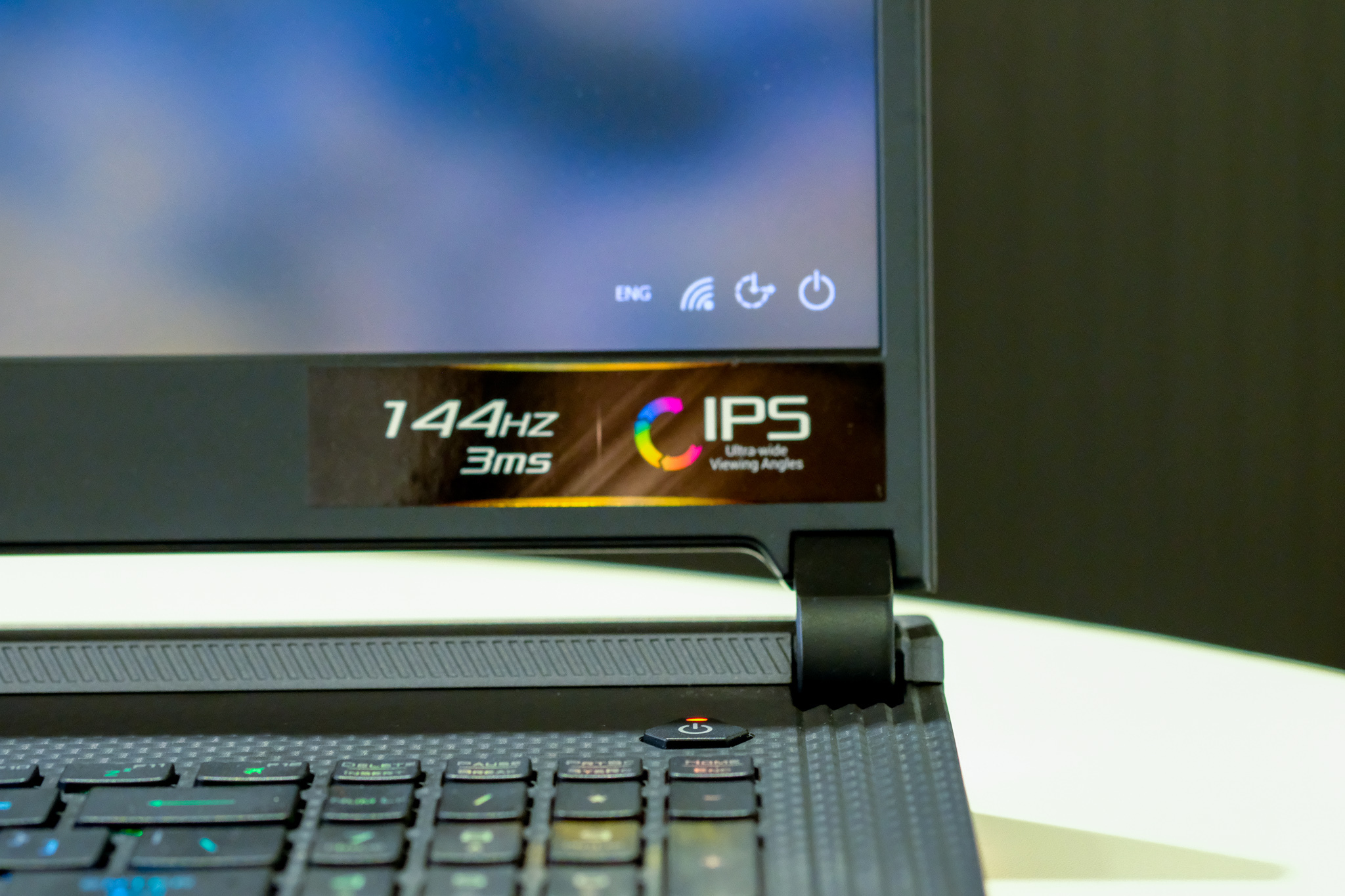 Our review device was fitted with an Intel Core i7, while you can also opt for an i5 or the brutally powerful (and expensive) Core i9. All-round our review spec is the perfect combo for casual gaming, while scaling up to an i9 is for anyone looking to get a top-range gaming notebook. Yeah, it’s not the highest spec, but the i7 combined with an RTX and 16GB DDR4 RAM makes for a real workhorse.
Our review device was fitted with an Intel Core i7, while you can also opt for an i5 or the brutally powerful (and expensive) Core i9. All-round our review spec is the perfect combo for casual gaming, while scaling up to an i9 is for anyone looking to get a top-range gaming notebook. Yeah, it’s not the highest spec, but the i7 combined with an RTX and 16GB DDR4 RAM makes for a real workhorse.
Going through the benchmarks, it also put up quite a fight. As expected, 3DMark’s DirectX 12 benchmark came to 6175 (on Time Spy), which is average for an i7 backed up by its RTX buddy. We also ran the GPU benchmark which came to 3724. Which is average for the 2070. But you’ll also have the option to go for an RTX 2080 if you so wish.
Running on air
The biggest concern for any PC Master Race gamer is efficient cooling in such a small chassis. Especially when it comes to these increasingly small bodies. Asus has a system that uses something called 3D Flow Zone to increase coolness. No, you don’t have to post a pic of your Vans on Insta to be this cool. Just pick up the ROG Strix Scar III. And then post that (and your current thermal data) on Insta instead.
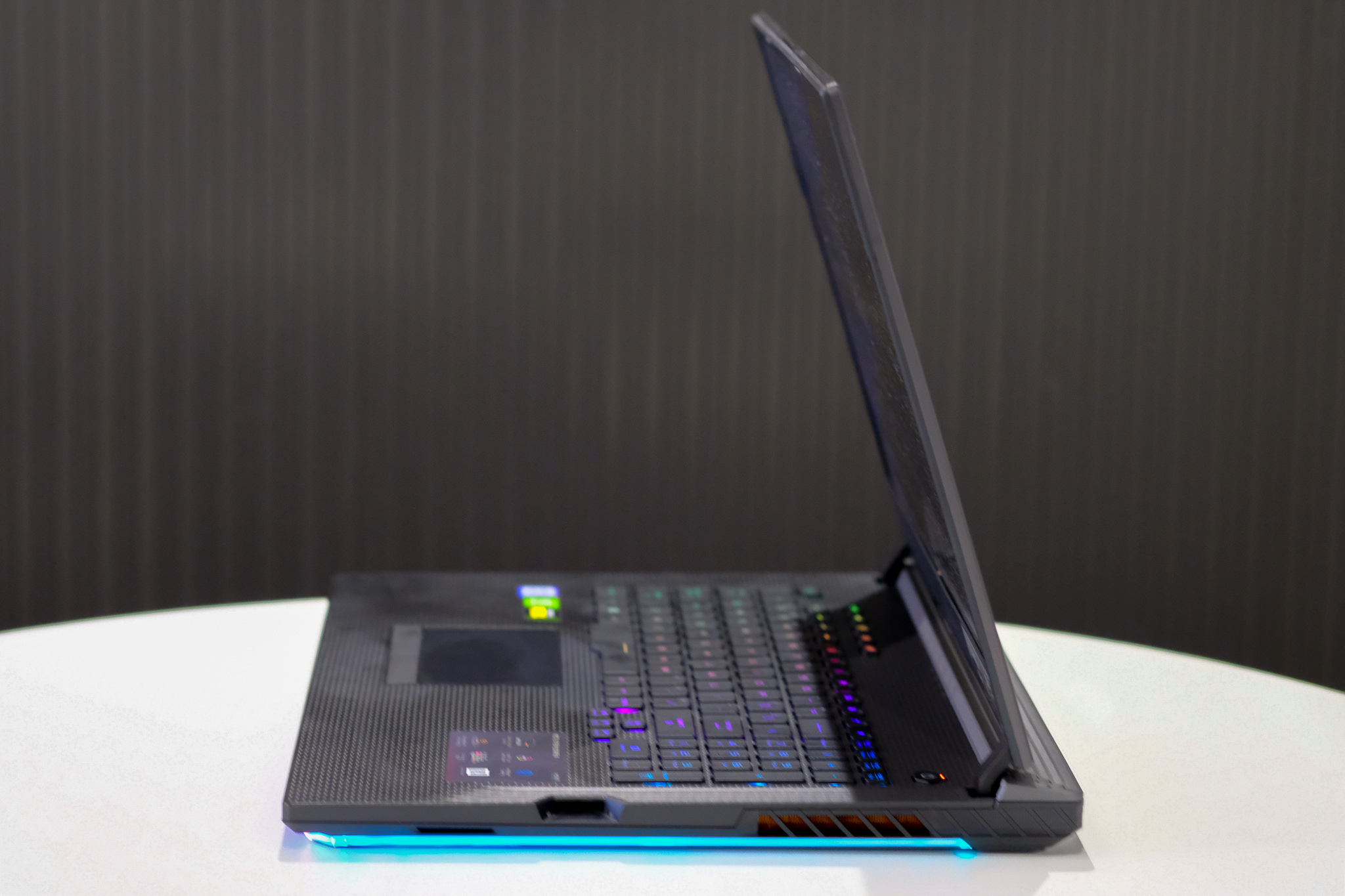 Cooling is an area that many gaming notebooks struggle with. Games are becoming more demanding. Not only does that mean you need more powerful components, but also a chassis that’ll keep those components intact. For example, you deffos shouldn’t use a gaming machine like the Scar III on your lap… Trust us.
Cooling is an area that many gaming notebooks struggle with. Games are becoming more demanding. Not only does that mean you need more powerful components, but also a chassis that’ll keep those components intact. For example, you deffos shouldn’t use a gaming machine like the Scar III on your lap… Trust us.
In the case of the Scar II, the problem isn’t only excessive heat, but noise. The cooling system uses two 12V fans to keep things cool, and that means a lot of cabin noise. Even daily tasks push up the noise level. But again — that’s what you’re gonna get if you opt for a gaming machine.
Down to the deets
With great size comes a greater probability for ports… The Scar II’s got ample space to plug in all your desirables with its selection of slots.
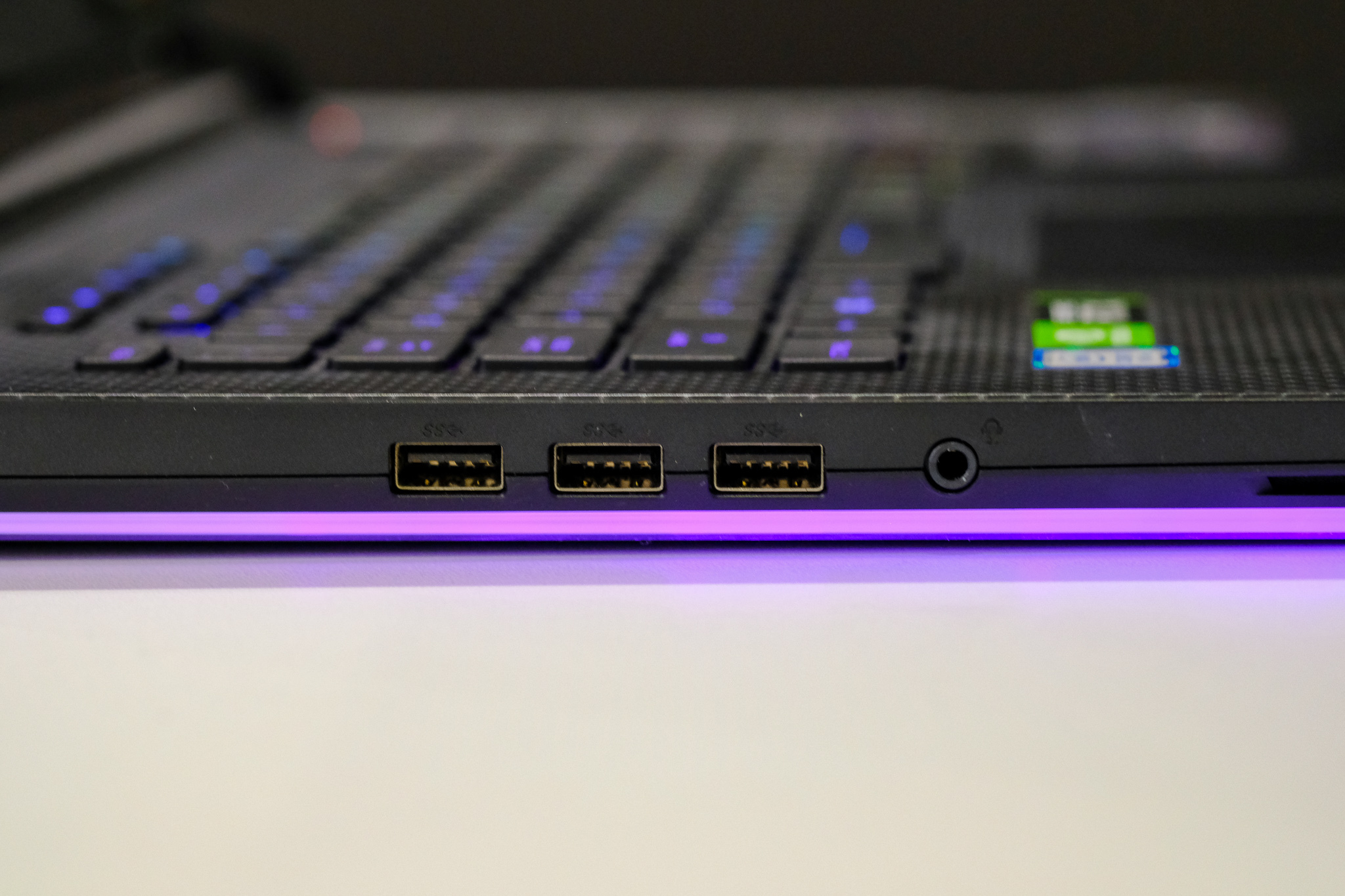 It’s got a USB 3 Type-C with DisplayPort 1.4 so you can connect another display, if you wish. There are three USB3 Type-A ports, an HDMI (for another screen if you’re a display loony), an integrated gigabit ethernet port and of course the essential power port.
It’s got a USB 3 Type-C with DisplayPort 1.4 so you can connect another display, if you wish. There are three USB3 Type-A ports, an HDMI (for another screen if you’re a display loony), an integrated gigabit ethernet port and of course the essential power port.
Battery life was decent, considering the internals in the Scar III. We got at least a few hours out of it doing menial work, while gaming brought that number down. If you’re going to commit to a gaming machine, consider that it may turn out to be just as portable, power-wise, as a PC… just sayin’.
It’s also fitted with a 1TB SSD, but this is something you can customise on purchase too. We’d recommend going with an SSD as it should improve gaming load times and overall functionality on the notebook. Something to look out for.
Asus ROG Strix Scar III Verdict
It’s easy to see that the new Scar looks much more grown-up, with its brushed metal and carbon fibre look, and smaller bezels. We’d gladly use it as our main gaming machine. No jokes.
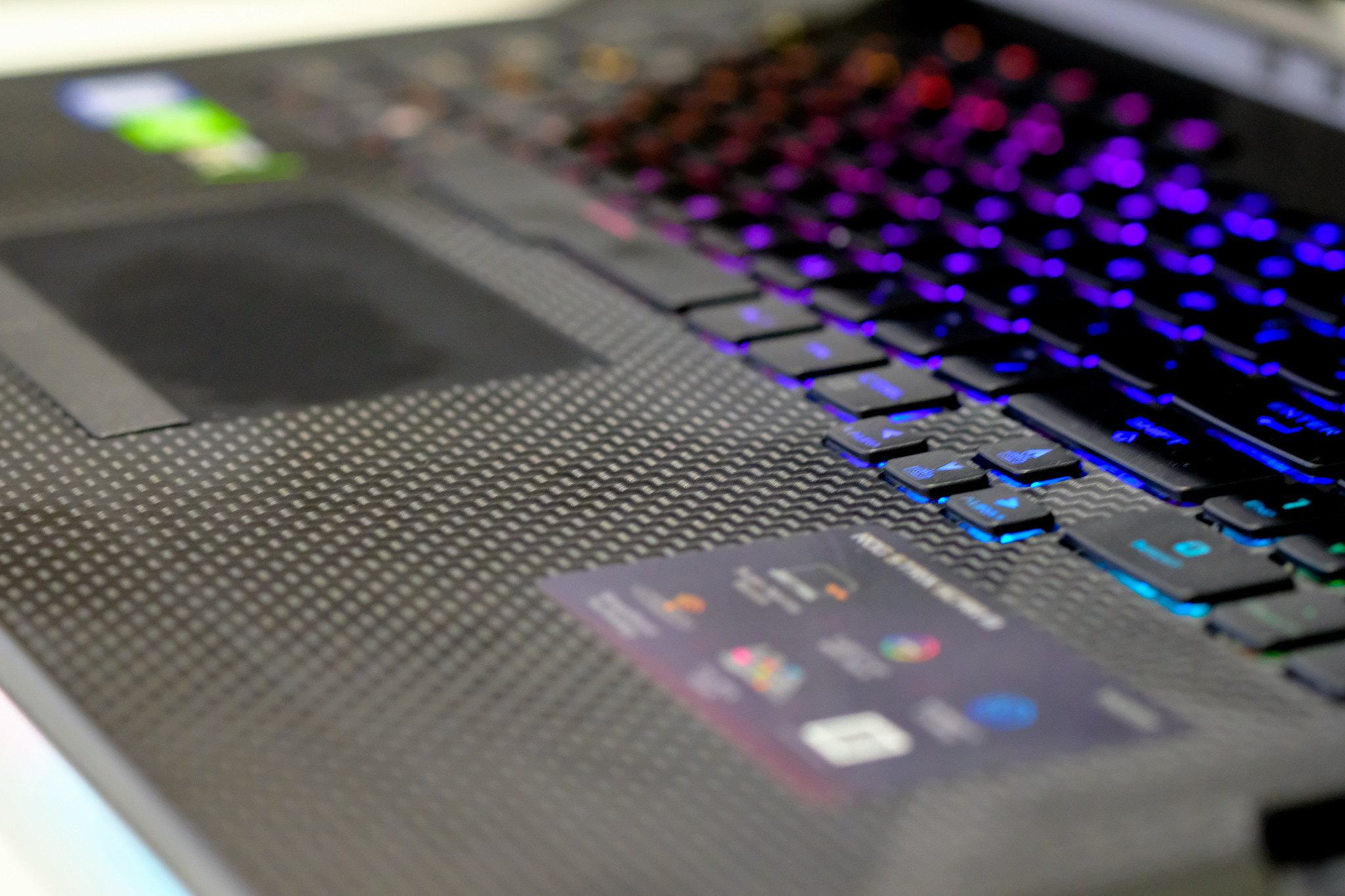 Although we feel the whole RGB trend has run its course, the Scar II does RGB in a subtle and discreet way. The minimalist line around the base isn’t noticeable from the user position, but you’ll still look hella cool from afar. The RGB lights, keyboard and logo use Aura Sync, an Asus app that you can use to program lighting. We’ll keep it mono-coloured for now, thanks.
Although we feel the whole RGB trend has run its course, the Scar II does RGB in a subtle and discreet way. The minimalist line around the base isn’t noticeable from the user position, but you’ll still look hella cool from afar. The RGB lights, keyboard and logo use Aura Sync, an Asus app that you can use to program lighting. We’ll keep it mono-coloured for now, thanks.
Overall, we’re impressed with the Strix Scar III — it offers great hardware options, a beautiful design and nice added-value extras to sweeten the deal. You can get the Strix Scar II from Evetech now, personalised to your budget and needs, yo. Pricing starts out around R42,000 so it may be time to start saving up.
The Asus Scar range has always been best-in-class. Notably, because they feature some of the best processors and GPU’s on the market - here's what we thought about the Scar III.

